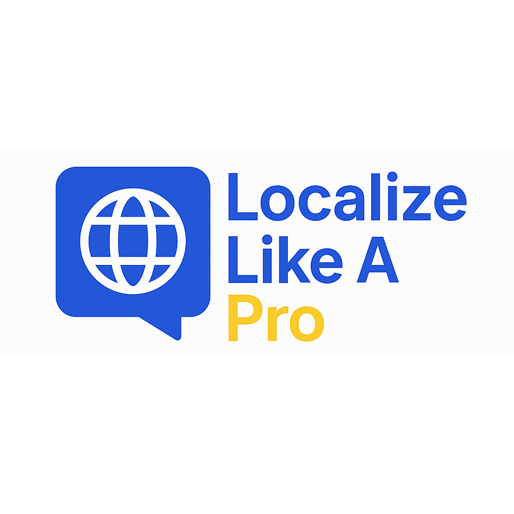Universal solutions don’t work.
If you want stellar results, you need to go in depth.
The same applies to large language models.
Use any LLM out of the box for writing or pre-translating your content, and the results will most likely be very generic.
Weird style.
Lack of examples.
No personal experience.
Wrong and inconsistent terms.
Lack of consistency within the text.
And that’s only the beginning of the Top Mistakes List.
What’s the solution?
Customize.
You can do it either by writing super precise prompts with reference materials and specific examples from which the model can learn, or by fine-tuning the model.
In the latter scenario, you feed an LLM with training data such as translation memories, glossaries, and style guides to teach it how to process your content. As a result, generated texts are more industry-specific and aligned with your industry and style.
But is it really worth the effort?
Let’s break down why fine-tuning a large language model (LLM) for localization tasks isn’t just a nice-to-have. It can be your performance booster and a secret weapon for scaling localized content.
1. Train It to Speak Your Brand’s Local Language
Fine-tuning lets you feed the model samples of how your brand talks in each locale. Not just translations, but real-world examples: customer emails, marketing copy, product FAQs. Suddenly, the model knows your tone in Japan is more humble, your humor in Brazil is more playful, and your voice in Germany is sharp and accurate.
Example: Researchers fine-tuned separate LLMs using datasets ranging from 1,000 to over 200,000 translation segments. Once they hit 5,000+ segments, the models started outperforming the baseline. By the time they hit 100k+, the fine-tuned models were often beating GPT-3.5 in domain-specific tasks, especially in low-resource languages like Korean, where COMET scores jumped 130%.
2. Reduce The Reviewing Time
If you’re localizing low-risk content at scale, pre-translation might help to speed up the process. You can quickly generate content, send it to linguists for review, and get hundreds of comments and corrections back. Rinse and repeat.
Fine-tuning acts like a pre-editor. It can absorb your reviewers’ preferences over time, such as phrasing, terminology choices, and style. Then it applies these preferences automatically in future outputs. This helps to ensure better consistency with previous texts and makes the reviewer’s job easier.
Example: Josh Müller describes how his team embedded LLMs into pre‑ and post‑editing stages to reduce manual workload. They also used chain‑of‑thought prompting to ask the model to spot errors, suggest alternatives, and generate polished results. As a result, post‑editing became more efficient, with fewer rounds of review and more confidence in output quality.
3. Ensure Better Compliance With The Domain-Specific Language
Generic models often struggle with niche content: medical disclaimers, insurance policy fine print, forklift manuals. The more specific the content, the more expertise you need. And that’s exactly what LLMs trained on generic data lack.
Fine-tuning narrows the model’s focus to your field. Provide it with hundreds of accurate, reviewed examples from your domain, plus a glossary and translation memories, and it will start grasping the context accurately.
Example: In one study, researchers compared three commercially available large language models: GPT-4o (OpenAI), Gemini Advanced (Google), and Claude 3 Opus (Anthropic) to assess translation quality across various stages of fine-tuning. After each fine-tuning step (zero-shot prompting, style guide & glossaries, YAML formatted resources, partial translation memories), the translation of a 500-word help file from English to German was assed based on the BLEU scored and compared to the human-translated “perfect” version. It turned out that Claude 3 Opus and Gemini Advanced demonstrated significant improvement with each fine-tuning step, especially after feeding the models with YAML-formatted resources and translation memories.
Fine-tuned models learnt the industry-specific vocabulary and produced text more aligned with the target domain.
Final thoughts
Fine-tuning transforms a general-purpose LLM into a localization-savvy teammate: one that understands your brand voice, industry jargon, and target markets. It can reduce editing time, boost consistency, and deliver real ROI, especially when powered by your existing translation memory.
But it’s not a magic wand.
Human linguists are still essential for cultural nuance, context judgment, and quality assurance. Fine-tuning will not replace your localization experts, but it can supercharge your workflow.
Curious how to get started or scale it across your team? You can book custom training or consulting sessions to explore LLM fine-tuning, AI-assisted workflows, or other localization tech topics.
Dorota Pawlak
Dorota is a localization consultant and AI trainer helping content teams and freelancers work smarter. She runs Localize Like A Pro.

